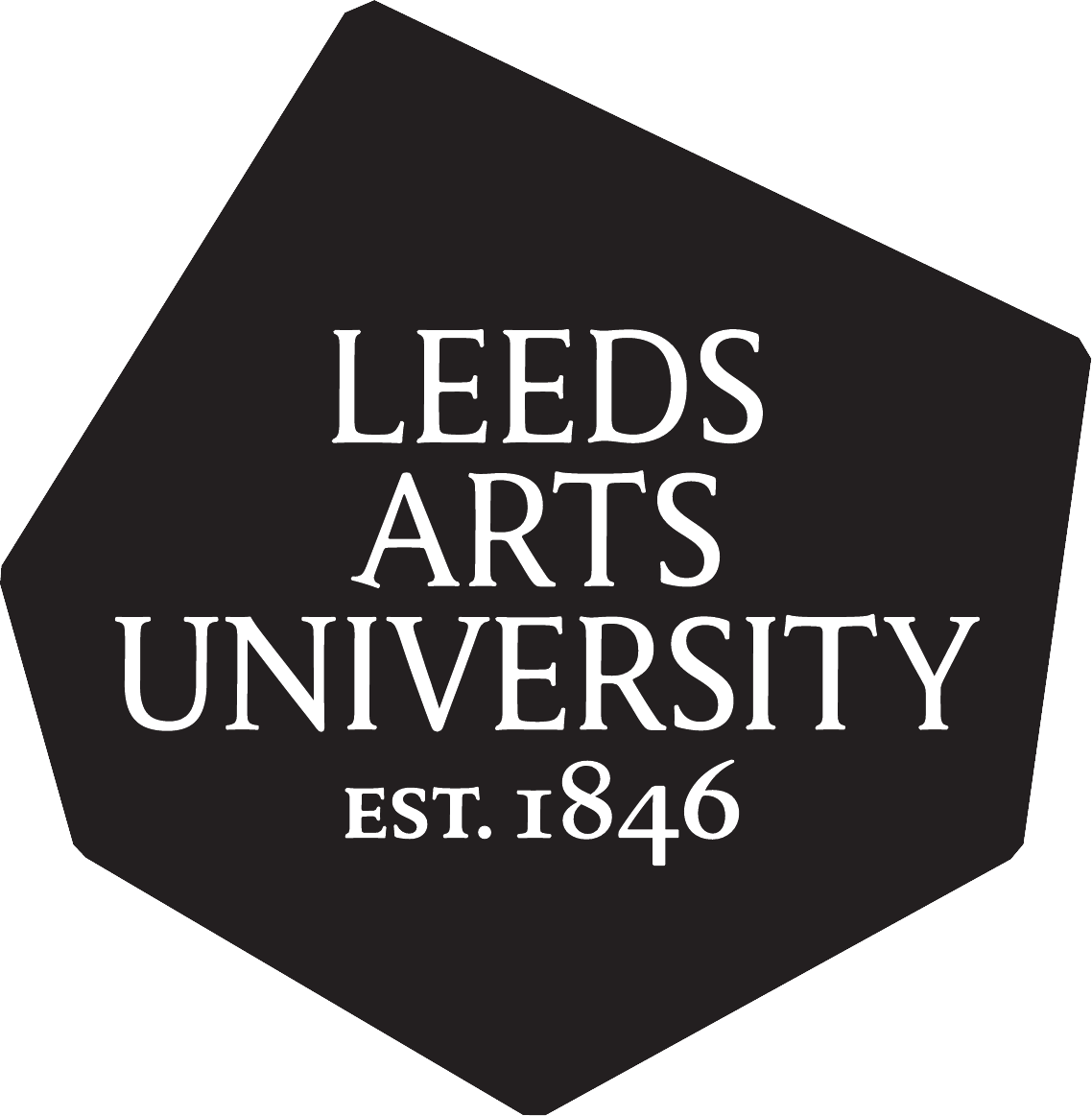Make it Happen: Developing Cultural Engagement through University and Charity Collaboration, Different Temporalities and Rhythms
Broadhead, Samantha 
Abstract
This article reflects on a project, Make it Happen, that was a collaboration between a University and an Arts Council National Portfolio Organisation (NPO). NPOs are organisations that are funded as part of a People and Places Consortium in the UK that increases access to the arts in areas of low participation. Additional resources came from Knowledge Exchange funding awarded by Research England via the University. The aim of the project was to create a curriculum that would be suitable for preparing local artists so they could have the skills to work in community arts or, as it is now known, socially-engaged practice. It was hoped that this would address a problem where there was a lack of artists from the local area who felt confident in applying for commissions for socially-engaged work. As a consequence, funding would go to arts practitioners from outside the area, and these people would not necessarily have the connections and insights to understand the needs and cultures of local communities. The Make it Happen team included a coordinator and a researcher from the University and the NPO Chief Executive Officer (CEO) and a Creative Producer. A draft curriculum was then designed based on the knowledge and experience of the team’s members. This was then trialed with a group of local artists (participants) who were recruited to undertake a three-week short course. The feedback and reflections from the participants and the project researcher were then examined through a theoretical lens developed from Bernstein’s work on classification and framing in conjunction with Alhadeff-Jones’ work on the rhythms of educational time. This enabled the researcher to explore the tensions that arose in the project around the competing temporalities of organisations and individuals.
Actions (login required)
 |
Edit Item |

